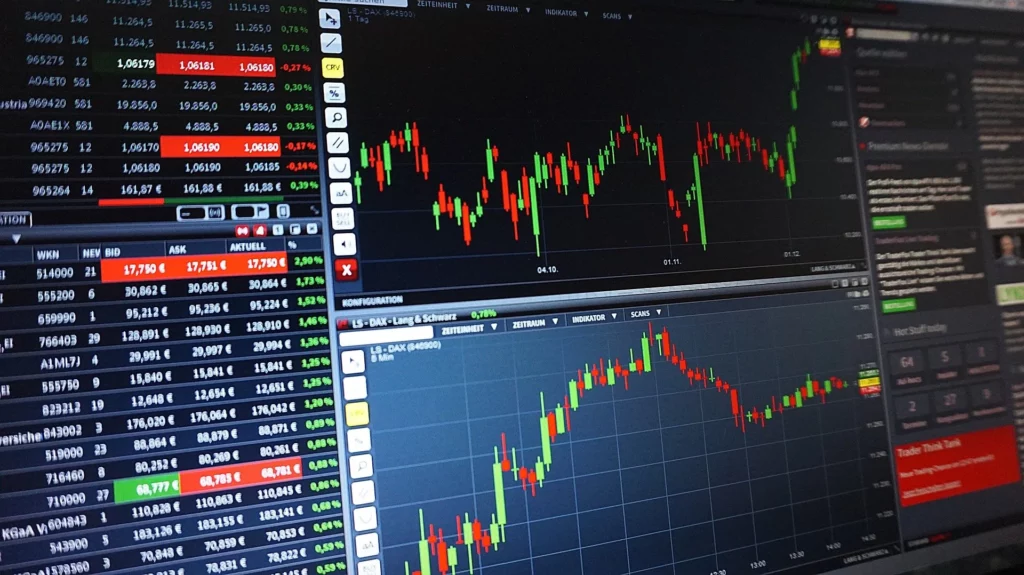Depending on a trader’s particular trading approach, level of risk tolerance, and time horizon, the best stocks for algorithmic trading may change. A variety of equities can be traded utilising algorithmic trading, which involves employing computers to make trades. When choosing stocks for algorithmic trading, keep the following in mind:

- Liquidity: For algorithmic trading, liquidity is a key component. The bid-ask spreads on highly liquid equities are smaller, which lowers the cost of trading. Frequently, investors favour stocks with large average trading volumes.
- Volatility: Stocks with a high level of volatility can present opportunities for algorithmic traders to make money from price changes. Higher volatility, though, also entails greater danger. When choosing stocks based on volatility, traders should consider their risk tolerance.
- Sector Focus: Some algorithmic trading techniques have a particular industry or sector as their focus. For instance, utility stocks may be favoured for less volatile methods whereas technology companies may be recommended for high-frequency trading strategies.
- Price Range: Depending on the price range, a particular algorithm may work better. For quick price changes, some traders concentrate on cheap stocks (penny stocks), while others favour more expensive, steady equities.
- News and Events: News and events can have a big impact on stock prices. Some algorithmic traders focus on equities that are susceptible to news-driven price swings since they specialise in news-based methods.
- Technical Analysis: Algorithmic trading heavily relies on technical patterns and indicators. Traders can select equities that fit with their preferred method of technical analysis.
- Market Capitalization: The traits of stocks with various market capitalizations (such as large-cap, mid-cap, and small-cap) vary. Small-cap stocks can be more volatile, but large-cap companies often have higher levels of stability.
- Data accessibility: For algorithmic trading, having access to both historical and real-time data is essential. Make sure the data is accessible for the equities you plan to trade.
- Regulation: Take into account the regulations that apply to algorithmic trading in the marketplaces where you intend to trade. Rules and reporting requirements may vary between exchanges and areas.
- Backtesting: It’s crucial to evaluate an algorithmic method using historical data before putting it into practise with actual funds. This might help identify which stocks are most fit for your plan.
It’s crucial to highlight that there are many different algorithmic trading strategies, including swing trading, mean-reversion, and high-frequency trading. Depending on the unique aims and trading approach of the trader or trading firm, the best stocks for algorithmic trading will vary.
Algorithmic trading also entails a unique set of dangers, such as market conditions, data problems, and technological failures. Before investing money in this way, traders should do extensive study, test their techniques, and think about speaking with algorithmic trading professionals.
FOR MORE INFO CLICK THIS SITE:https://learningsharks.in/
FOLLOW OUR PAGE:https://www.instagram.com/learningsharks/?hl=en
